Korea has many unique customs and traditions for celebrating the New Year. Recently, traditional Korean games played during the Lunar New Year, or Seollal, have gained popularity, drawing increasing interest from foreigners.
In this article, we’ll introduce how Korea celebrates the New Year, explore the differences between the solar New Year (Shinjeong) and the Lunar New Year (Gujeong), and delve into the customs and traditions of Seollal. If you’re curious about Korean New Year and Seollal, this post will be a helpful guide!
Korean New Year and Lunar New Year: Differences Between Shinjeong and Gujeong
Korea celebrates two different New Year holidays: January 1st based on the solar calendar (Shinjeong) and the Lunar New Year (Gujeong) on the first day of the lunar calendar. Each is observed differently, with its unique significance. Let’s take a closer look at the differences between Shinjeong and Gujeong.
Shinjeong (Solar New Year)
Shinjeong, or the solar New Year, is widely celebrated in Korea and across the globe as the official start of the New Year. Korea began recognizing January 1st as Shinjeong during the Korean Empire in 1896. However, the current celebratory customs combining traditional Korean culture with modern practices are relatively recent.
On January 1st, Koreans typically gather with family or friends to share New Year’s wishes and participate in various cultural events and festivities nationwide, creating precious memories.
Gujeong (Lunar New Year)
Gujeong, the Lunar New Year, is deeply rooted in Korean culture and tradition, marking the first day of the lunar calendar. Often referred to as Seollal in Korea, it is one of the country’s most significant traditional holidays, alongside Chuseok (Korean Thanksgiving).
Unlike Shinjeong, which is celebrated freely with family or friends, Gujeong involves many Koreans traveling to their hometowns to spend time with family. Traditional customs such as bowing to elders for New Year’s greetings (Sebae), ancestral rituals (Charye), and enjoying traditional foods like Tteokguk (rice cake soup) are central to the holiday. These practices reflect Koreans’ wishes for health and happiness in the coming year.
Differences Between Shinjeong and Gujeong
While both Shinjeong and Gujeong are New Year holidays, their origins, traditions, and meanings are distinct. Shinjeong focuses on personal aspirations and fresh starts, while Gujeong emphasizes family unity, respect for ancestors, and reaffirming traditional values.
Traditional Korean Foods for Seollal
Food plays an integral role in Seollal celebrations, symbolizing respect for family and ancestors and wishes for a prosperous year. Some of the most iconic Seollal foods include:
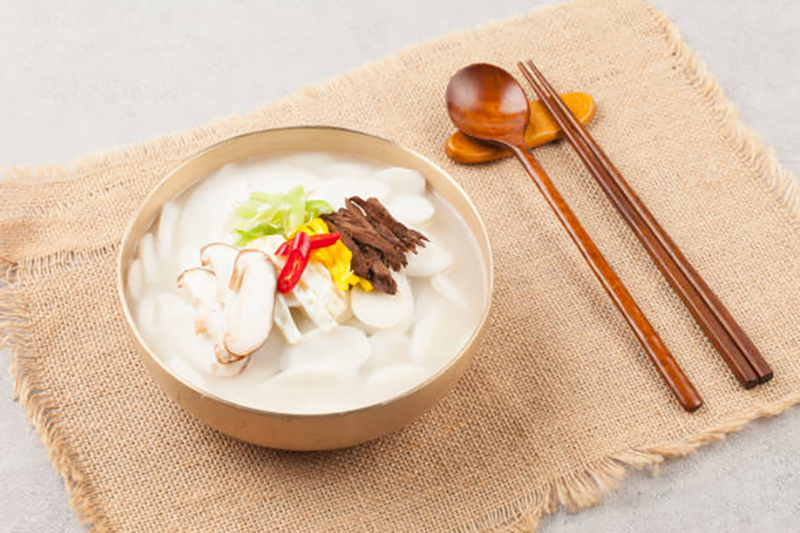
Tteokguk (Rice Cake Soup)
Tteokguk is the quintessential Seollal dish made with thinly sliced rice cakes in a clear broth. Ingredients include chewy rice cakes, beef or bone broth, egg garnish, and other toppings such as seaweed flakes, green onions, and sesame seeds.
The preparation is simple: boil rice cakes in broth until tender, season with soy sauce or salt, and garnish. Eating Tteokguk symbolizes growing a year older and wishing for a good year ahead.
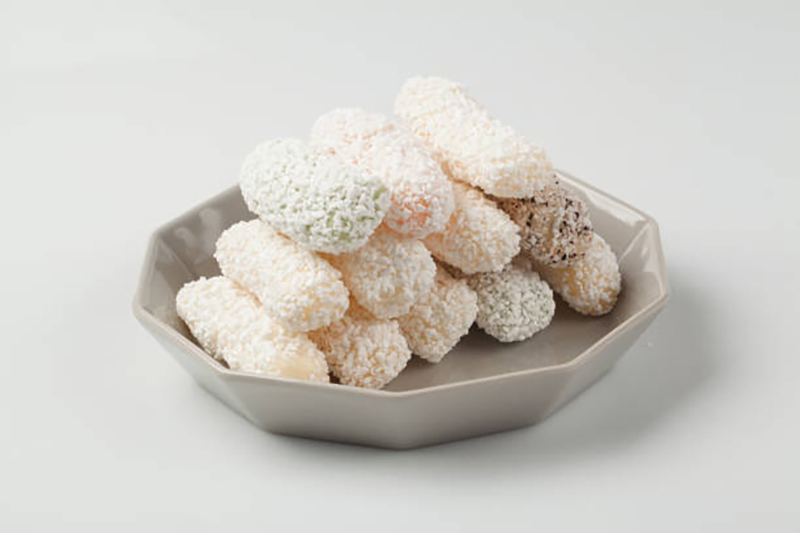
Hangwa (Traditional Sweets)
Hangwa refers to traditional Korean sweets made with rice, honey, and malt. Popular varieties include Gangjeong (crispy rice puffs) and Sansa (rice cookies). Although delicious, Hangwa can be challenging to make at home, so many Koreans opt to buy it ready-made.
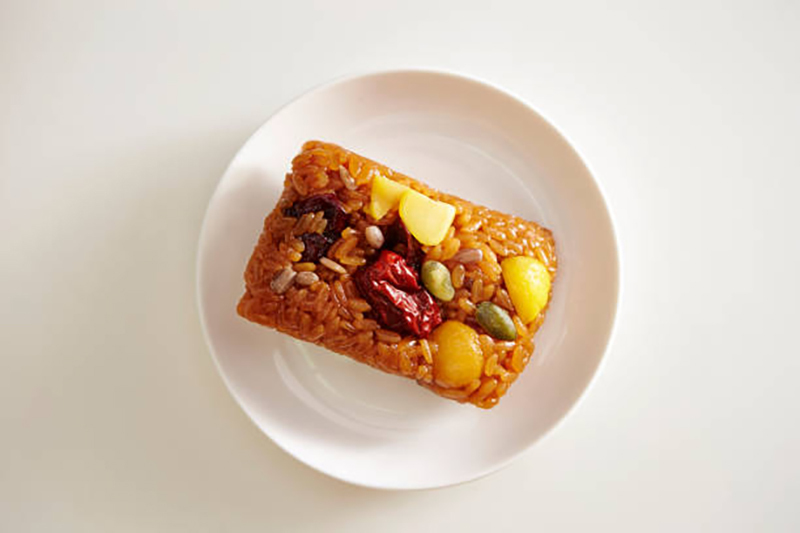
Yaksik (Sweet Rice Cake)
Yaksik is a sweet rice cake made with glutinous rice, dates, chestnuts, and honey. It’s a simple yet sweet dessert often enjoyed during Seollal, making it a beloved treat for all generations.
Seollal Traditions
Seollal is celebrated with a variety of traditions and customs. Two of the most iconic are Sebae and Charye.
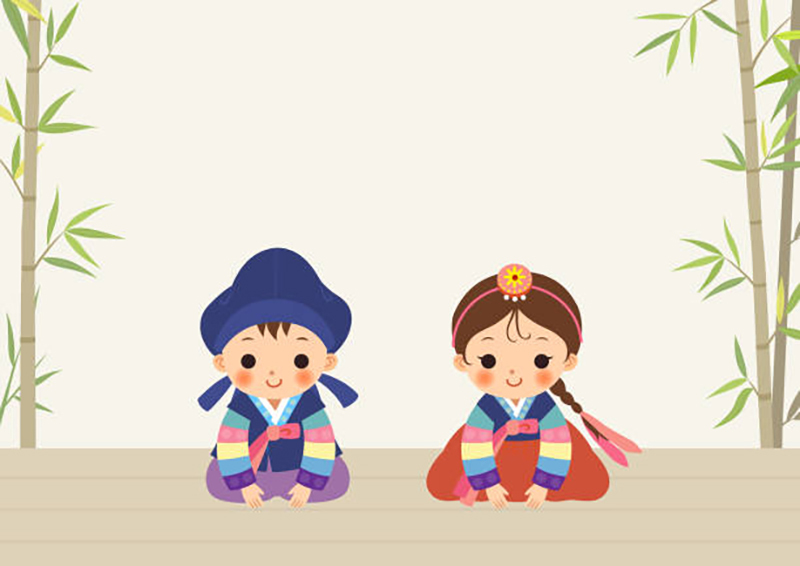
Sebae (New Year’s Bowing)
Sebae is the act of bowing to elders to show respect and deliver New Year’s greetings. After performing Sebae, children often receive money (Sebae-don) as a token of good fortune, along with words of encouragement such as "Have a happy New Year" or "Stay healthy this year."
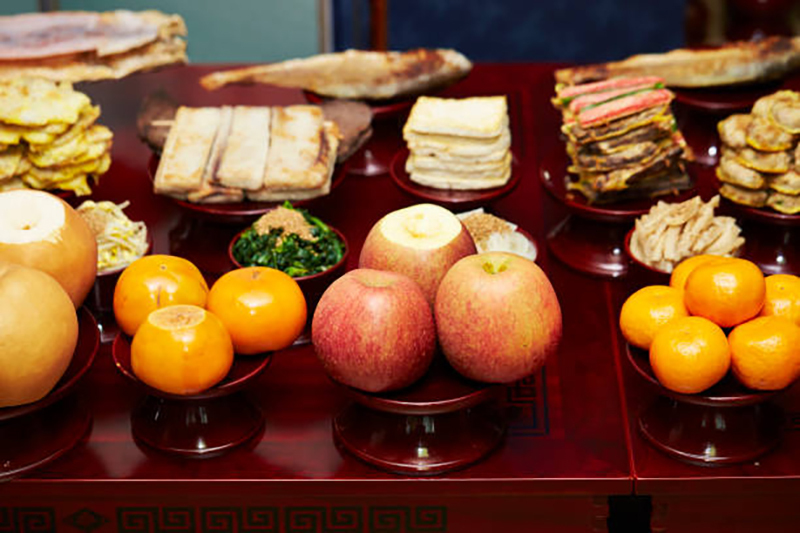
Charye (Ancestral Rituals)
Charye is a traditional ritual held on the morning of Seollal to honor ancestors and express gratitude. Families gather to prepare ceremonial food offerings, which often include Tteokguk. While fewer households observe Charye today, it remains a cornerstone of Seollal traditions.
Traditional Games Played During Seollal
Beyond food and rituals, Seollal is also known for its engaging traditional games. Popular activities include Yutnori (traditional board game), Jegichagi (hacky sack), Tuho (arrow throwing), and kite flying.
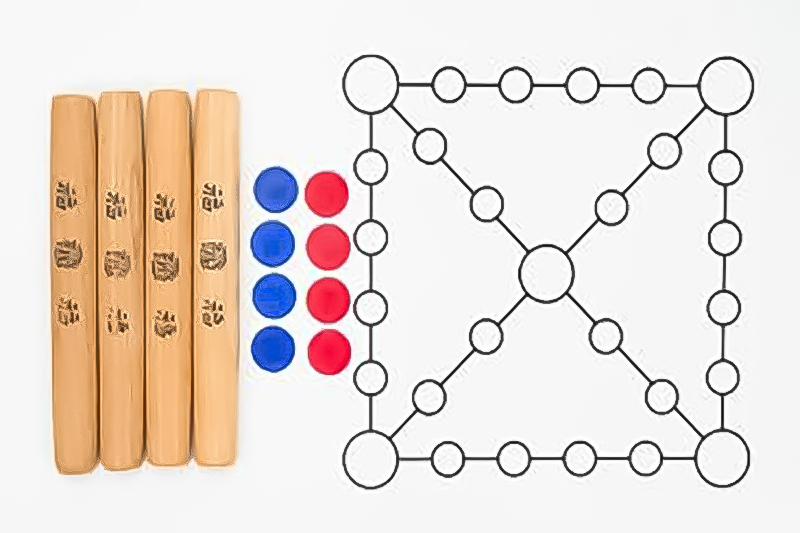
Yutnori (Traditional Board Game)
Yutnori is one of the most beloved traditional games, played with four wooden sticks (yut) that determine the movement of game pieces. Teams take turns throwing the sticks and moving their pieces around the board, aiming to be the first to return to the starting point.
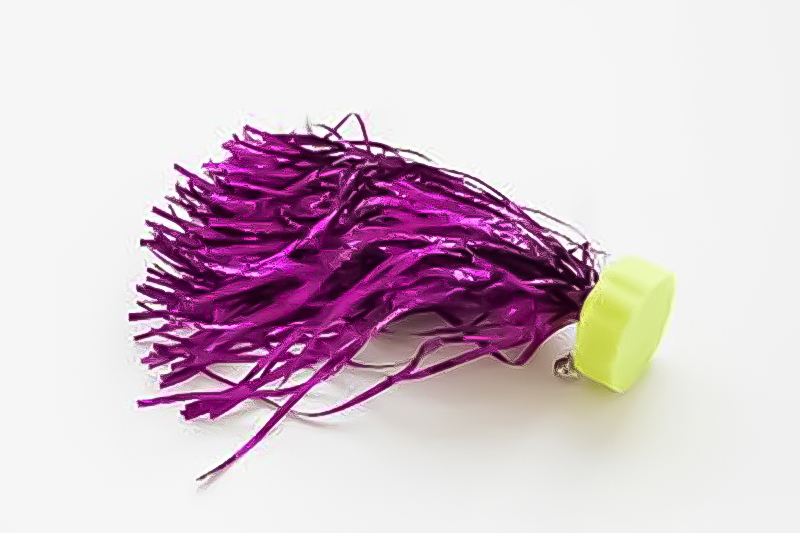
Jegichagi (Korean Hacky Sack)
Jegichagi involves kicking a jegi, a small toy made of cloth and coins, to keep it airborne. Players compete to see who can kick it the most without letting it drop.
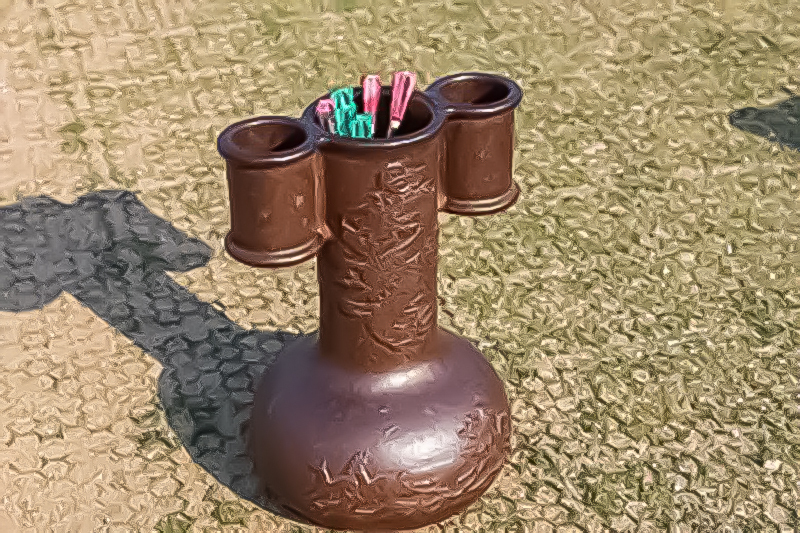
Tuho (Arrow Throwing Game)
Tuho is a traditional game where players toss arrow-shaped sticks into a jar or pot. Simple rules and ease of play make Tuho a favorite among people of all ages.
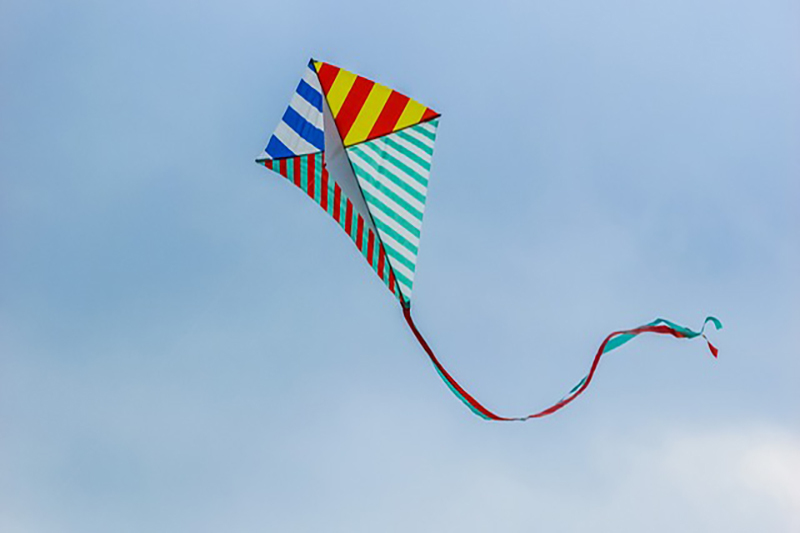
Kite Flying
Kite flying is a cherished Seollal activity. Traditional Korean kites, such as the Bangpaeyeon (shield kite) and Gaoriyeon (stingray kite), are flown to celebrate the New Year. Some even write their wishes on the kites before releasing them into the sky.
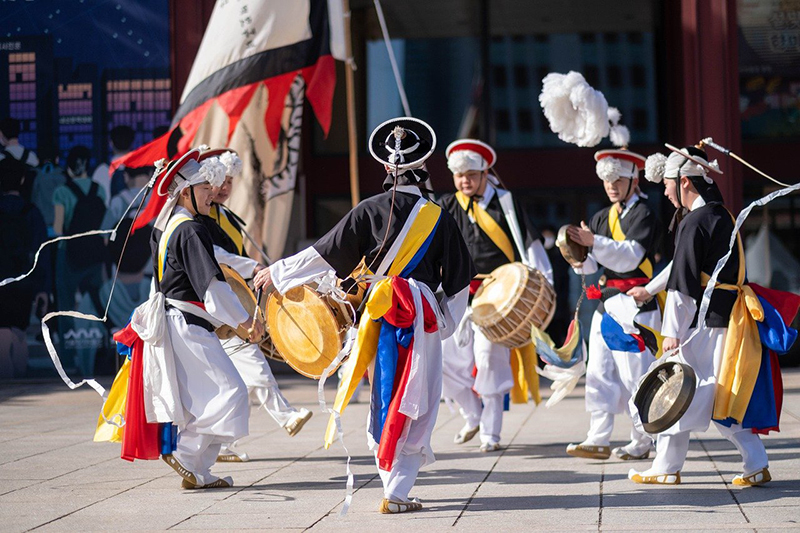
Experience Traditional Games at Seollal Events
Every year during Seollal, traditional game events are held nationwide, providing opportunities to immerse yourself in Korea’s rich cultural heritage.
If you’re curious about Korean culture, attending a Seollal event is a fantastic way to experience the festivities firsthand.
In this article, we’ve explored how Korea celebrates the New Year and Lunar New Year, including Seollal traditions, foods, and games. Korea offers a vibrant array of New Year celebrations beyond what we’ve discussed here. Why not experience these traditions yourself in 2025 and enjoy a meaningful and joyful start to the year?






























